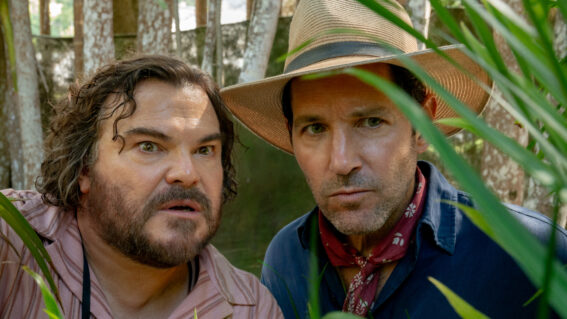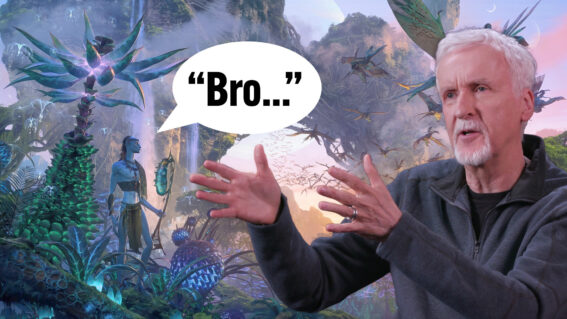Prey slays: revisiting the savagely great Predator prequel
With Predator: Badlands currently in cinemas, now’s a good time to revisit Dan Trachtenberg’s previous film Prey – a masterful mix of sweat, blood, myth, and muscle. This article was originally published on May 2, 2025.
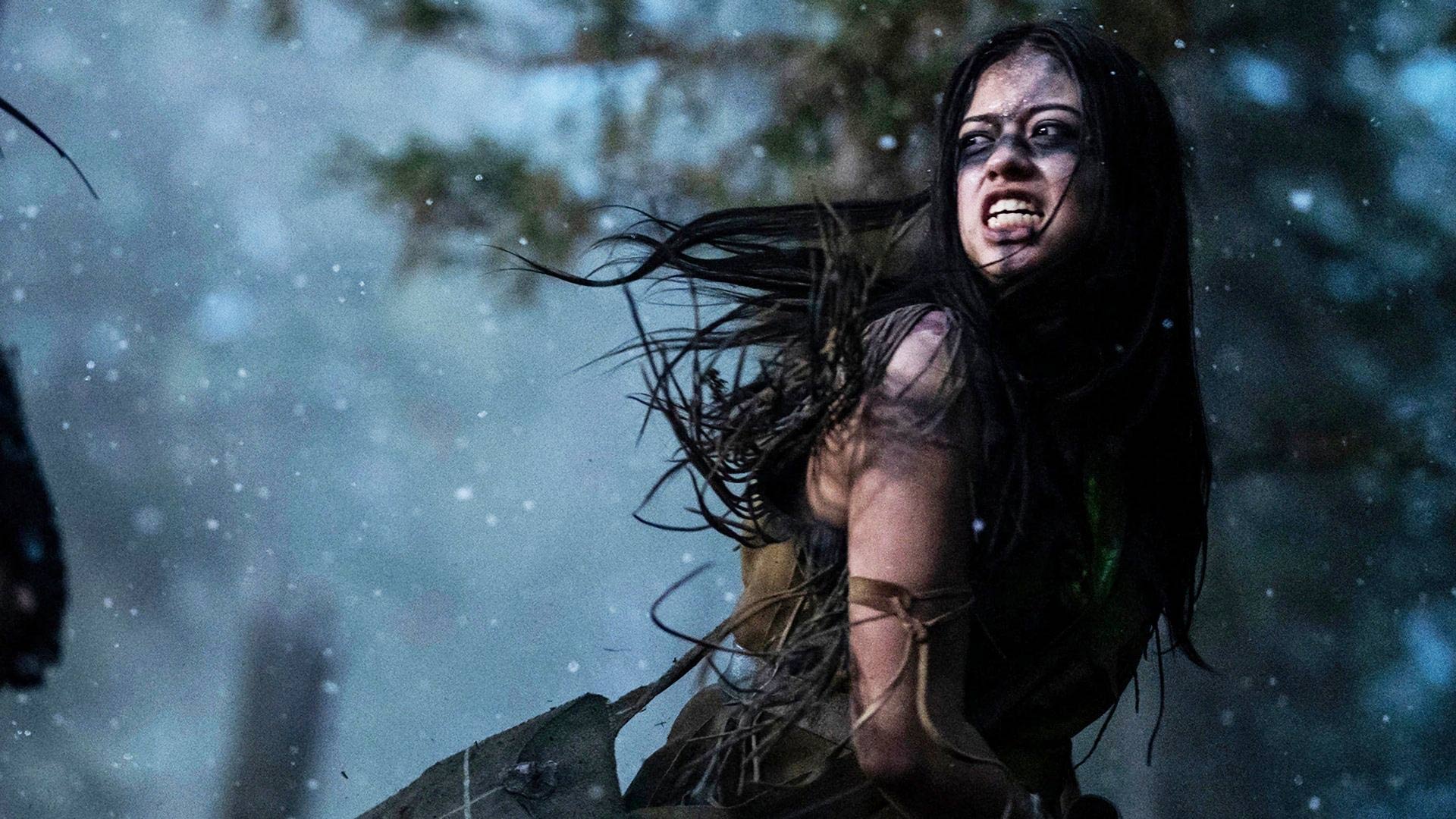
Surviving a Predator movie is tough work: those gnarly aliens are excellent bounty hunters and have, I imagine, halitosis extreme enough to kill off entire ecosystems. There’s been seven films in the franchise to date, with two more arriving this year—Predator: Killer of Killers (an animated production) and Predator: Badlands. Both are directed by Dan Trachtenberg (for Killer of Killers, sharing the chair with Micho Robert Rutare), whose name is now smeared across the franchise in big bloody letters.
The reason? From the studio’s perspective, Trachtenberg has been a very good boy, hitting the ultimate sweet spot: critical success coupled with big numbers. A few years ago he delivered the very freakin’ good Prey—the best Predator sequel (alright, technically a prequel) by a very wide margin. It’s so good it even rivals John McTiernan’s mud-splotched original, despite not having that film’s penchant for finely sculpted, human condition-illuminating dialogue, a la “you’re one ugly motherfucker” and (my favourite)“I ain’t got time to bleed!”
Released direct-to-streaming in 2022, Prey was trumpeted as a massive success, achieving several milestones including reportedly being the most watched streaming movie in its week of release. But has it slipped into the recesses of the zeitgeist? Is it still being talked about the way it should: as a strikingly good action movie, beautifully paced and amazingly paradoxical, in that it takes place almost entirely outdoors—set in Comanche Nation in the 1700s—which should make it feel airy and open, but instead, the psychological space is taut and pinched.
It’s hard to know anymore, with so much content in so many places. What I can say with certainty is that Prey is a great rewatch; it feels like being sucked into a portal and spat out into another world. It’s is the kind of production that tends to attract the label “pure cinema”—a term used to convey striking visuality, motion and movement.
It’s the story of two warriors: one in the making—the protagonist Naru (a commanding, fiercely expressive Amber Midthunder), who’s underestimated by her tribe, partly because she’s a woman—and the other, one of the aforementioned bounty hunters, belonging to a rather vulgar race of humanoids known as “The Yautja.” Pathologically devoted to kill, kill, kill, and maybe a bit more kill, they omit a hideous crackling sound, like a demon with wet fluid stuck to its lungs, trying to clear its throat.
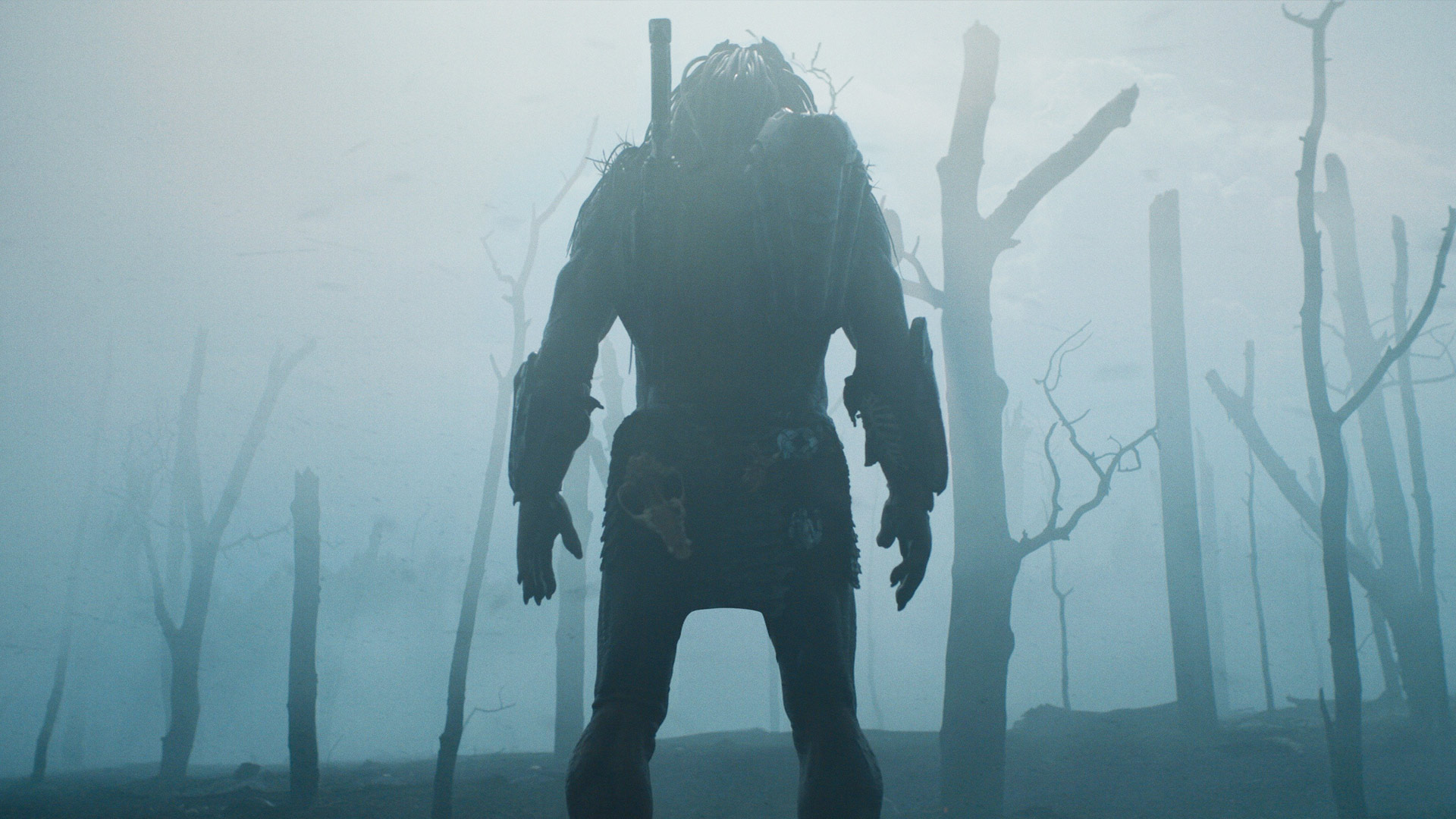
The pair face off in an epic round of cat-and-mouse. Relations between Naru and her tribespeople feel real, almost painfully so: you really want her to succeed—in proving herself as well as saving her hide. From a broader, anthropological perspective, the film really does feel rooted in Native American history, including a deep connection to land, which alone is a significant achievement for sequel number can’t-quite-remember in a blockbuster action franchise.
It’s breathtakingly well staged, with almost musical fluidity: there are peaks and troughs, rises and falls, a slow rumble towards crescendo. As straight-up action the film is lean and mean, though it’s also peppered with small and narratively dense moments that reflect intense thoughtfulness. Early on, for instance, we see a little mouse-like animal scurrying around, doing its thing, looking all cute. Suddenly a large snake grabs and consumes it: life to death in a heartbeat, the weak consumed by the strong. Or rather, stronger: the snake is then killed, easy as pie, by the Yautja, skewered by the monster’s Krueger-life claws.
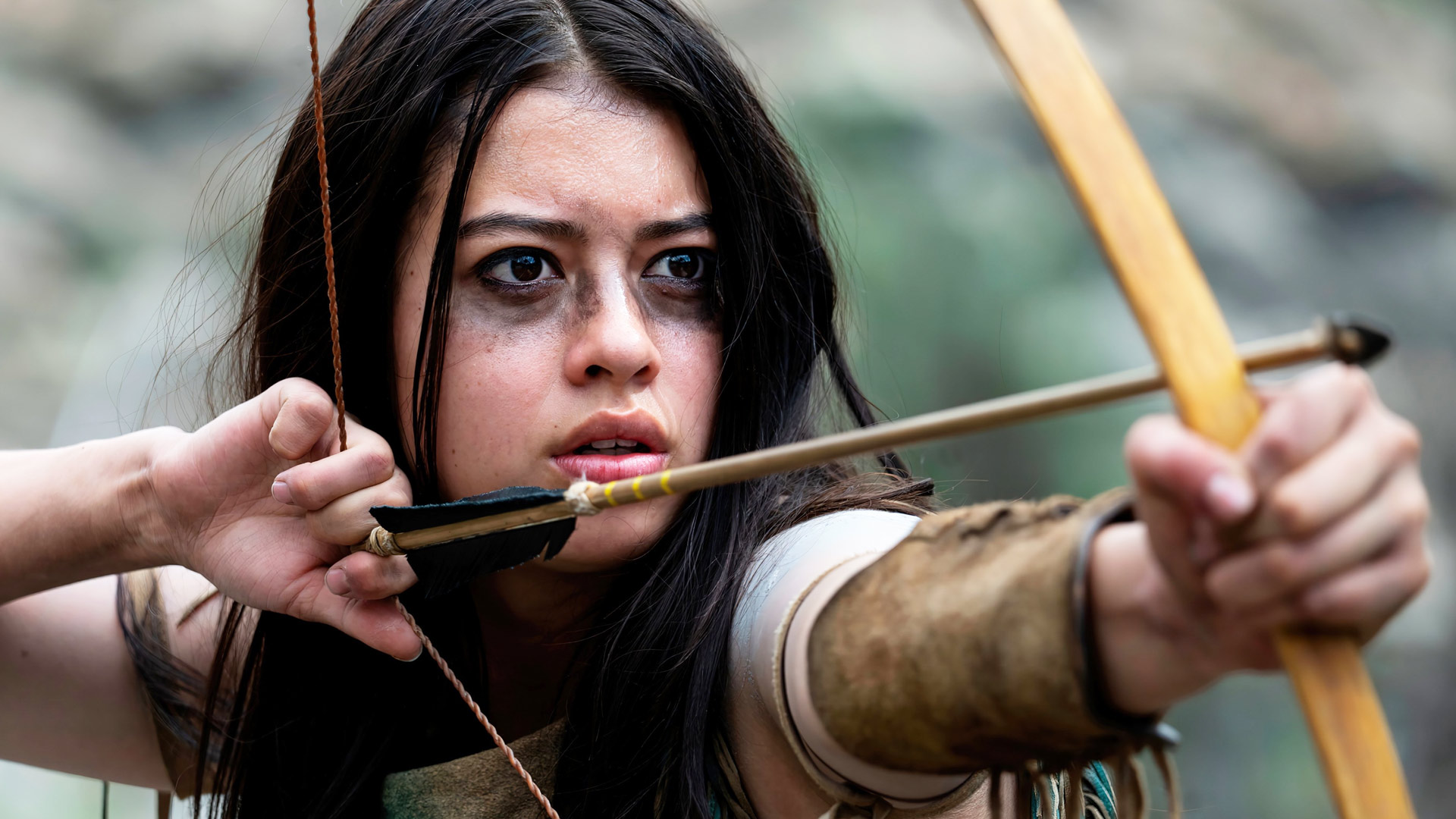
The metaphor in this short scene exists without the second action—the snake’s death—but not with the same force. There’s an emphasis on life’s relative and cyclical power structures. The great 2006 action-adventure movie Apocalypto—also a “pure cinema” experience—took its entire runtime to enforce this message, beginning with a small tribe captured and killed by the Mayans, and culminating with vision of Spanish ships arriving on the shore—a new era, another dynasty. History’s clock keeps turning.
Is this the “natural” order of things, or the violent reality of a chaotic world? Both Prey and Apocalypto feel tuned to the rules of the jungle, the laws of the land, and bring ancient perspectives to modern action movies. The original Predator famously ends with Arnold Schwarzenegger covered in mud; in Prey, it feels like Trachtenberg himself got his hands dirty—feeling the softness of the soil, the pinch of the sun, the stink of the monster’s breath.








